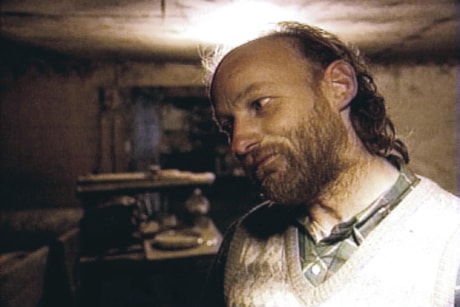VANCOUVER — What if jurors had heard the testimony from a sex worker who says Pickton tried to kill her in 1997, five years before he was first charged with murder?
What if they were told about the processed meat found in his freezer that was contaminated with human DNA?
What if they were allowed to consider what they heard about Jane Doe, whose severed skull was found in a nearby city, miles away from where the severed skulls of some of Pickton’s victims were found?
What if? Would jurors have convicted Pickton of the more serious charge of first-degree murder, rather than the second-degree convictions they returned?
Details jurors were not allowed to hear have been flowing into the media after a judge lifted the publication ban Wednesday that had kept them secret since the trial ended in 2007.
The Supreme Court’s decision last week to uphold six second-degree murder verdicts against Pickton, and the Crown’s formal move to stay the remaining charges have ended the legal marathon.
But the excluded evidence has prompted news stories questioning whether the verdict could have been different.
Legal experts caution it’s not unusual for judges to prevent juries from hearing evidence that may appear to be significant, particularly if that evidence isn’t directly related to the charges at trial.
“The premise is jurors are smart, they’re entitled to see the information, but in very limited circumstances, material that would be so inflammatory or irrelevant to the prosecution can be excluded,” said Victoria criminal lawyer Paul Pearson.
At Pickton’s trial, the judge withheld the sex worker’s testimony of her encounter with Pickton over concerns it would be too explosive and would unfairly prejudice the verdict.
Other pieces of evidence, such as the DNA in the packaged meat, were ruled out because they weren’t similar enough to the six cases before the court.
But Pearson, who wasn’t involved in the Pickton case and stressed he wasn’t familiar with the rulings during the trial, said Canadian courts typically allow jurors to see as much evidence as possible, unless it could affect their ability to reach a fair verdict.
“Here, Mr.Pickton appears to have proven to be a very bad guy, but the reality is that if the jury is just told about various negative things that he’s alleged to have done in his life, they may get led astray in their goal of determining whether the prosecution has proven the case beyond a reasonable doubt.”
In sensational jury trials such as Pickton’s, journalists who have sat through all the proceedings have their what-the-jury-didn’t hear stories ready to publish, leaving the public to reconcile the final verdict with the new information that was kept secret.
It’s an awkward, but necessary, exercise, said David MacAlister, who teaches criminology at Simon Fraser University.
Witholding details determined to compromise an accused’s right to a fair trail is “all for good reason — it’s not just a collection of technicalities to let people get off; they’re all pertinent to conducting a fair adversarial process,” he said.
But MacAlister said it’s also in the public’s interest to eventually release such evidence.
“We do, as the public, have a right to now what’s going on,” said MacAlister.
“Even if it means that we weren’t allowed to know at the time, as long as we eventually get to know that, that’s a half-decent compromise.”
